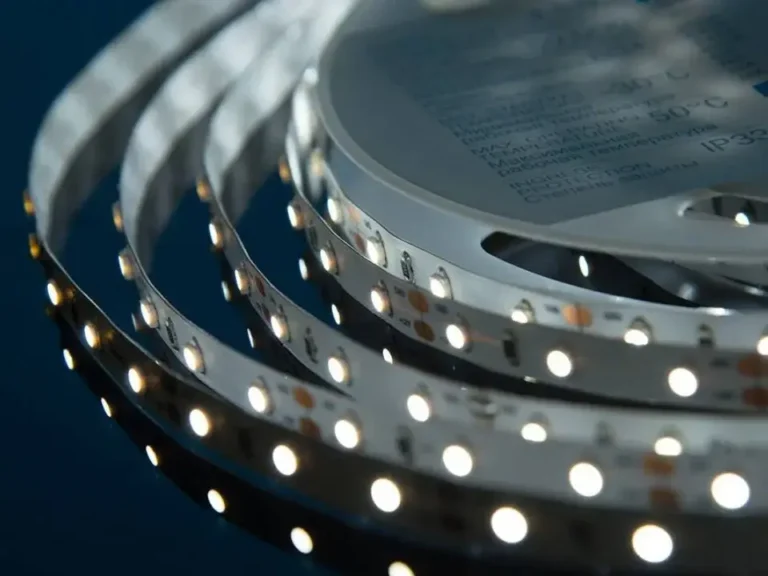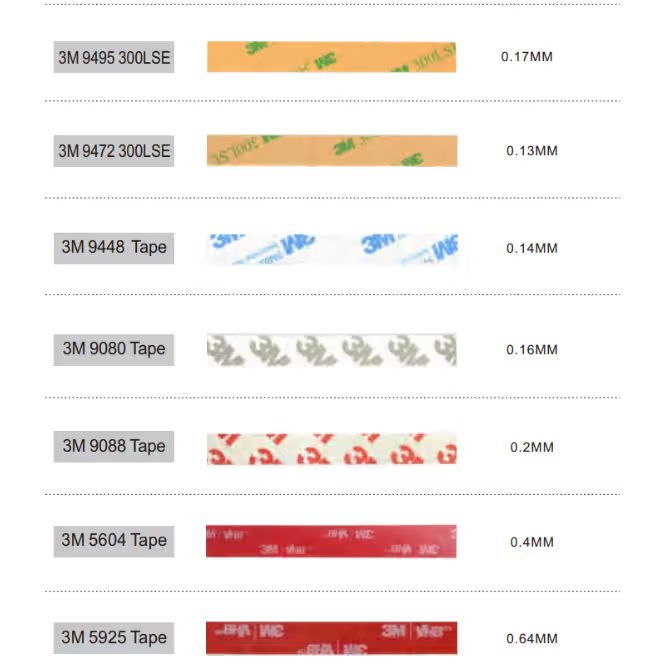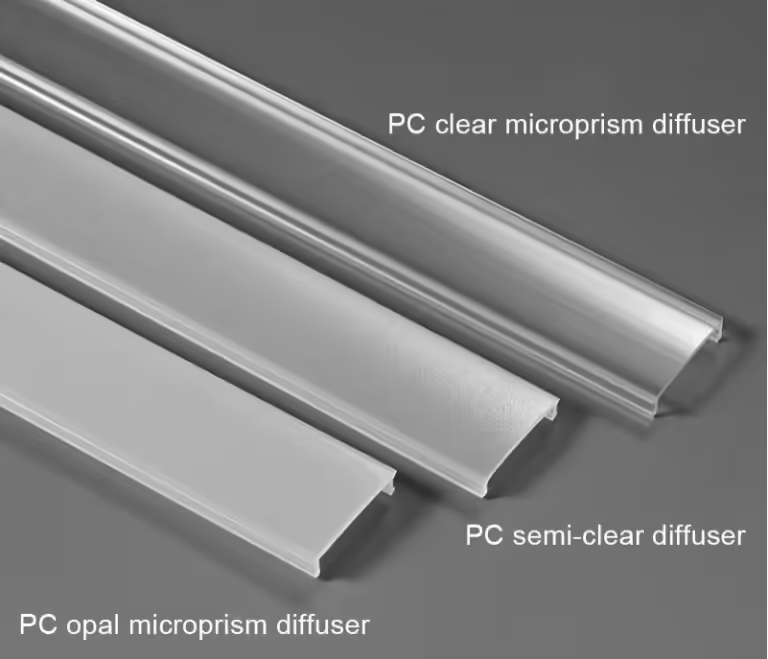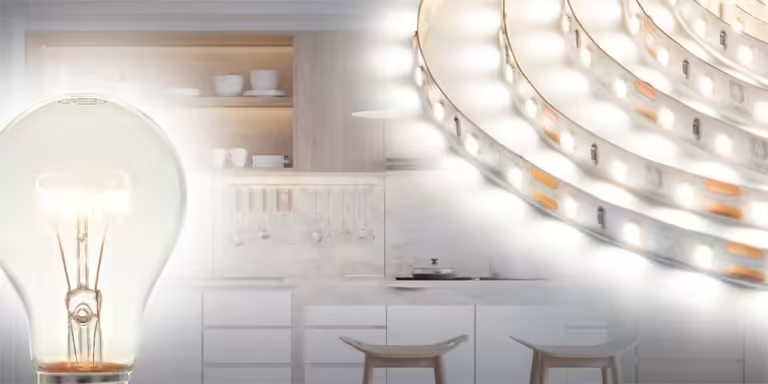Việc lựa chọn ánh sáng lý tưởng cho từng căn phòng trong nhà là điều tối quan trọng. Các yếu tố như nhiệt độ màu, độ sáng, công suất và xếp hạng Kelvin đều góp phần vào không khí chung, nhưng đạt được sự cân bằng phù hợp là chìa khóa. Trong các khu vực khác nhau của không gian của bạn, bạn có thể muốn kết hợp một loạt các nhiệt độ màu, có thể tăng cường độ ấm và độ sâu. Trong bài viết này, chúng tôi sẽ khám phá các loại đèn khác nhau có sẵn để hỗ trợ bạn chọn giải pháp chiếu sáng hoàn hảo cho mỗi phòng.
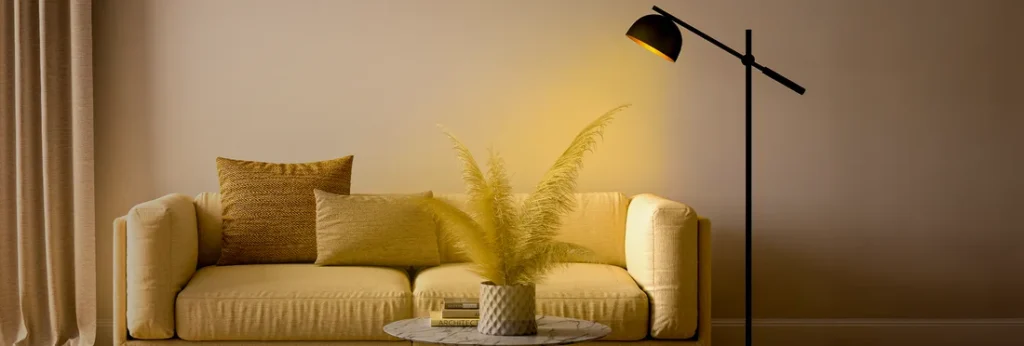
Các loại đèn gia dụng phổ biến
Các tùy chọn ánh sáng thường thấy nhất trong các ngôi nhà thường được chia thành ba loại chính:
1. Đèn huỳnh quang (CFL): Được biết đến với hiệu quả năng lượng và độ bền, những chiếc đèn này có thiết kế hình xoắn ốc và phù hợp cho cả thiết bị chiếu sáng trong nhà và ngoài trời.
2. Đèn halogen: Thường được sử dụng trong các thiết lập ngoài trời như đèn pha và đèn chiếu sáng, đèn halogen cũng có thể được sử dụng trong phần âm tường bên trong và chiếu sáng theo dõi. Tuy nhiên, chúng không tiết kiệm năng lượng như CFL hoặc đèn LED và tạo nhiệt khi vận hành.
3. Đèn LED: Những chiếc đèn này được công nhận về tuổi thọ và đặc tính tiết kiệm năng lượng, có sẵn ở nhiệt độ màu khác nhau, làm cho chúng trở nên hoàn hảo cho bất kỳ phòng nào trong nhà.
Điều quan trọng cần lưu ý là đèn sợi đốt đã bị cấm ở Hoa Kỳ bắt đầu từ năm 2023 do mức tiêu thụ năng lượng cao. Tuy nhiên, đèn sợi đốt cụ thể cho các thiết bị, như đèn được sử dụng trong lò nướng và lò vi sóng, vẫn có sẵn để mua.
Những điều cần biết về Watts và Kelvins
Có hai thuật ngữ quan trọng cần biết khi thảo luận về ánh sáng: Watts và Kelvins.
Một watt là phép đo công suất được sử dụng bởi đèn sợi đốt. Nếu bạn đã chuyển sang đèn LED, bạn đang xử lý lumen như một thước đo công suất; chuyển đổi watt sang lumen thường được liệt kê trên hộp của đèn.
Kelvin là thước đo nhiệt độ màu của ánh sáng. Nhiệt độ màu không giống với nhiệt độ ánh sáng thực tế. Kelvins đo ánh sáng phát ra trông như thế nào, không phải nhiệt độ của nó khi bạn chạm vào nó.
Nhiệt độ màu khác nhau của dải LED
Dưới đây là bảng phân tích nhanh về phạm vi nhiệt độ màu cho bốn loại phổ biến nhất dải đèn LED:
trắng mềm
Dải LED trắng mềm đăng ký từ 2.700 đến 3.000 Kelvin. Chúng phát ra ánh sáng vàng dịu nhẹ. Chúng chiếu sáng các phòng mà không quá khắc nghiệt, cung cấp ánh sáng xung quanh cho phòng ngủ, phòng khách và các điểm khác mà bạn thích để có được sự ấm cúng, thư giãn hoặc ngủ.
Trắng ấm
Các dải LED này cao hơn trên thang đo Kelvin, đăng ký từ 3.000 đến 4.000 Kelvin. Dải đèn LED trắng ấm phát ra ánh sáng vàng trắng ấm áp. Do đó, chúng rất tốt cho nhà bếp, phòng tắm, hành lang và các khu vực có lưu lượng truy cập cao khác của nhà bạn.
mát mẻ hoặc trắng sáng
Tất cả các dải đèn LED dường như sáng và nóng, nhưng dải LED trắng sáng hoặc mát mẻ đặc biệt đề cập đến nhiệt độ màu từ 4.000 đến 5.000 Kelvin.3 Đèn sáng màu trắng và sáng phát ra tông màu trắng và xanh lam. Những điều này tốt hơn cho văn phòng, nhà để xe và những nơi khác mà bạn có thể đang làm việc hoặc hoàn thành các công việc cần ánh sáng sáng hơn để nhìn rõ.
ánh sáng ban ngày
Trong khoảng từ 5.000 đến 6.500 trên thang đo Kelvin, dải đèn LED ánh sáng ban ngày thậm chí còn có tông màu xanh hơn so với bóng đèn sáng hoặc mát. Giống như ánh sáng ban ngày tự nhiên, cho phép bạn nhìn rõ, dải đèn LED ánh sáng ban ngày là tốt nhất để xem từng chi tiết. Không có gì ngạc nhiên khi đây là loại ánh sáng mà bạn sẽ tìm thấy trong bệnh viện, văn phòng lớn và lớp học — ngay cả ở nhà trong chiếc gương trang điểm được chiếu sáng đó trên bàn trang điểm của bạn.
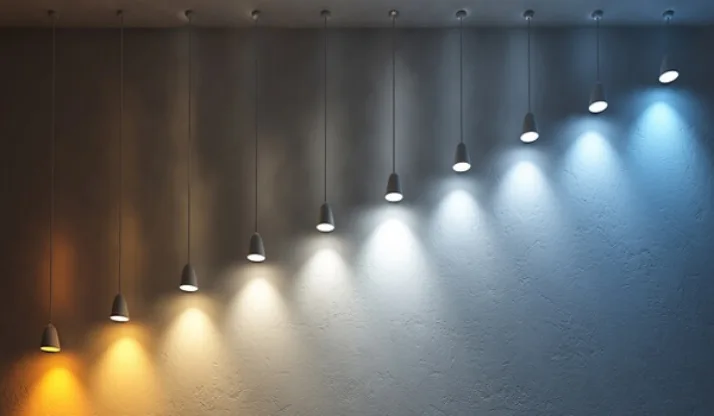
Trắng ấm so với trắng mềm
Nếu bạn sử dụng bóng đèn sợi đốt cho đèn và đồ đạc ở nhà, bạn có thể quen với ánh sáng trắng mềm và ấm. Chúng gần nhau hơn trên thang âm Kelvin và phát ra các tông màu trắng vàng tương tự.
Như tên gọi của nó, ánh sáng trắng mềm mại mang đến một ánh sáng nhẹ nhàng hơn ấm áp. Tuy nhiên, chúng đủ gần để phát ra ánh sáng bán màu vàng trên thang Kelvin. Bạn có thể sử dụng kết hợp chúng trong nhà của mình, mặc dù tốt nhất là sử dụng tất cả các loại dải LED giống nhau trong cùng một phòng để có tính thẩm mỹ đồng đều hơn.

gò Dải đèn LED ảnh hưởng đến bầu không khí
Ánh sáng tâm trạng thay đổi số lượng và cường độ ánh sáng để ảnh hưởng đến không gian của không gian. Ánh sáng phù hợp phụ thuộc vào mục đích của căn phòng; ví dụ, bạn sẽ cần ánh sáng mạnh hơn trong các khu vực làm việc như nhà bếp, văn phòng hoặc nhà để xe.
Điều quan trọng cần biết là bất kỳ loại đèn LED nào bạn lắp vào phòng, công tắc điều chỉnh độ sáng có thể giúp bạn điều chỉnh cường độ của dải đèn LED đó. Chỉ với một cái vuốt ngón tay, bạn có thể dễ dàng biến đổi không khí của một căn phòng; ví dụ, bạn có thể tạo ra ánh sáng xung quanh, mềm mại trong phòng khách trong đêm chiếu phim thay vì ngồi trong bóng tối hoàn toàn trước màn hình nhấp nháy.
nơi sử dụng dải đèn LED màu trắng ấm
Sử dụng dải đèn LED màu trắng ấm nơi bạn cần một chút năng lượng với ánh sáng của mình:
nhà bếp
phòng tắm
hành lang
nơi sử dụng dải đèn LED trắng mềm
Sử dụng dải đèn LED trắng mềm trong các phòng mà bạn muốn có một không gian được chiếu sáng cũng có phần ấm cúng và thư giãn:
phòng ngủ
phòng khách
phòng ăn
Mẹo chiếu sáng bổ sung giúp bạn có được ánh sáng màu phù hợp cho căn phòng của mình
Dưới đây là một số gợi ý ánh sáng giúp bạn đạt được không gian màu sắc hoàn hảo cho không gian của bạn.
Tùy chỉnh màu ánh sáng của bạn: Trong khi dải đèn LED tự xác định màu của ánh sáng, bạn có thể thay đổi cách nó ảnh hưởng đến tâm trạng của một căn phòng bằng cách chọn một chụp đèn khác. Ví dụ, nếu bạn muốn làm mềm dải đèn LED ánh sáng ban ngày, hãy chọn tông màu ấm hơn. Ngược lại, bạn có thể tăng cường độ sáng của dải đèn LED trắng mềm mại với chụp đèn mát hơn.
Sử dụng các tính năng chiếu sáng thông minh: Loại nhiệm vụ bạn đang thực hiện có thể ảnh hưởng đến sở thích chiếu sáng của bạn. Nhiều dải đèn LED hiện đại cung cấp nhiều cài đặt khác nhau, cho phép bạn chuyển đổi dễ dàng giữa các tông màu trắng nhẹ nhàng và nhẹ nhàng. Tùy thuộc vào thiết lập ánh sáng thông minh của bạn, bạn có thể kiểm soát những thay đổi này thông qua một ứng dụng để thuận tiện tối đa.
Kết hợp các phong cách chiếu sáng: Khi chia sẻ một phòng với các khu vực khác nhau, chẳng hạn như không gian làm việc và khu vực thư giãn, bạn không phải sử dụng đèn phù hợp. Cân nhắc sử dụng ánh sáng sáng hơn, mát hơn tại bàn làm việc tập trung, đồng thời chọn ánh sáng nhẹ nhàng hơn, ấm hơn trên ghế đọc sách của bạn. Bằng cách này, ánh sáng của bạn sẽ bổ sung cho lối sống của bạn và làm cho không gian của bạn trở nên tiện dụng hơn.
Tóm lại, không thể nói chung là trắng ấm hay trắng mềm dải ánh sáng phù hợp hơn để sử dụng. Khi lựa chọn, nên xem xét toàn diện dựa trên nhu cầu cá nhân, tình huống sử dụng và sở thích cá nhân. Nếu bạn muốn tạo không khí ấm cúng tại gia, bạn có thể chọn ánh sáng trắng ấm; nếu bạn muốn ánh sáng cân bằng hơn và không quá chói, bạn có thể chọn màu trắng nhẹ nhàng. Đồng thời, các yếu tố như chất lượng, mức tiêu thụ năng lượng và tuổi thọ của dải ánh sáng cũng phải được xem xét.
FAQ
1. Dải đèn LED ánh sáng trắng mềm có màu vàng không?
Tuyệt đối! Dải đèn LED trắng mềm có xu hướng phát sáng màu trắng vàng. Dải đèn LED màu trắng ấm cũng thể hiện một tông màu vàng, nhưng có một sự khác biệt tinh tế khiến chúng khác biệt với màu trắng nhẹ nhàng. Mặc dù sử dụng cả hai loại trong nhà là tốt, nhưng không nên trộn chúng trong cùng một thiết bị chiếu sáng. Ví dụ: nếu bạn đang thay thế dải đèn LED trong đèn chùm, hãy nhớ chọn dải LED có nhiệt độ màu phù hợp để có vẻ ngoài gắn kết.
2. Loại dải đèn LED ánh sáng lý tưởng cho phòng ngủ?
Đối với phòng ngủ, ánh sáng trắng mềm mại là sự lựa chọn tối ưu, vì nó tạo ra một bầu không khí ấm áp và mời gọi. Nếu bạn thích đọc trước khi ngủ, sử dụng dải đèn LED trắng mềm trong đèn đầu giường sẽ là lý tưởng vì nó tránh được màu xanh khắc nghiệt thường liên quan đến đèn trắng sáng hơn. Các nghiên cứu chỉ ra rằng việc tiếp xúc với ánh sáng xanh, chẳng hạn như ánh sáng phát ra từ máy tính, điện thoại và máy tính bảng, có thể cản trở khả năng đi vào giấc ngủ của bạn vào ban đêm.
3. Loại dải đèn LED nào phát ra ánh sáng trắng sáng nhất?
Bóng đèn được phân loại là ánh sáng ban ngày, dao động từ 5000k đến 6500k, được biết đến là nơi tạo ra ánh sáng trắng mạnh nhất. Những dải đèn LED này rất lý tưởng để tăng cường độ sáng trong không gian nội thất, chẳng hạn như phòng tắm thiếu cửa sổ hoặc có ánh sáng tự nhiên hạn chế.
4. Ánh sáng mát mẻ hay ấm áp có hấp dẫn hơn không?
Dải đèn LED có tông màu mát có xu hướng tạo ra một bầu không khí hấp dẫn hơn, làm cho chúng trở nên hoàn hảo cho nội thất hiện đại và nhà bếp hiện đại. Mặt khác, ánh sáng ấm hơn thích hợp hơn cho các khu vực như thư viện, phòng khách hoặc nhà bếp truyền thống.

